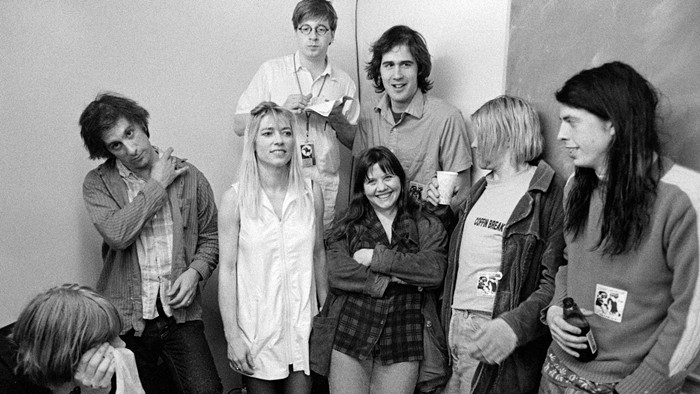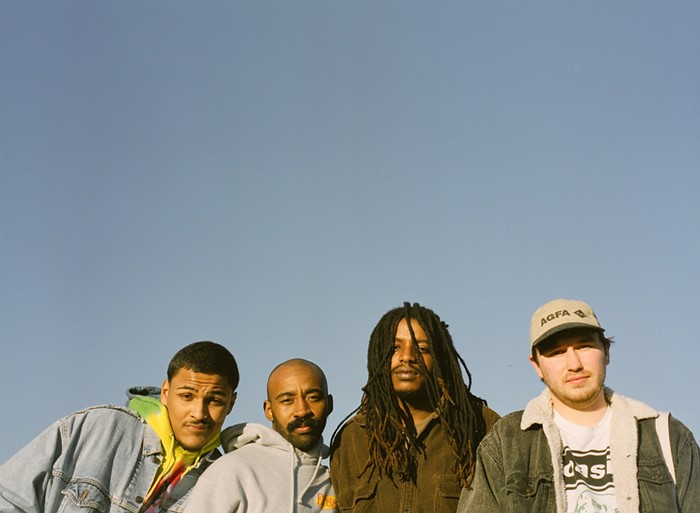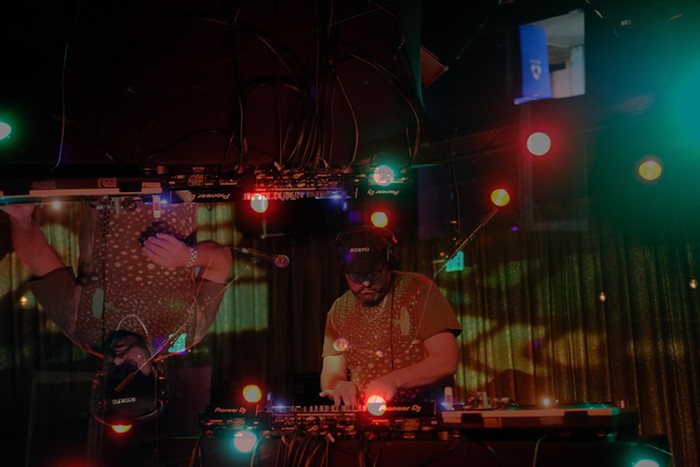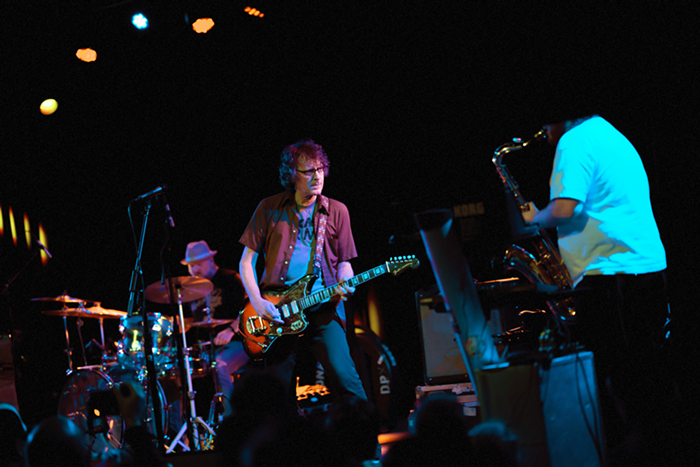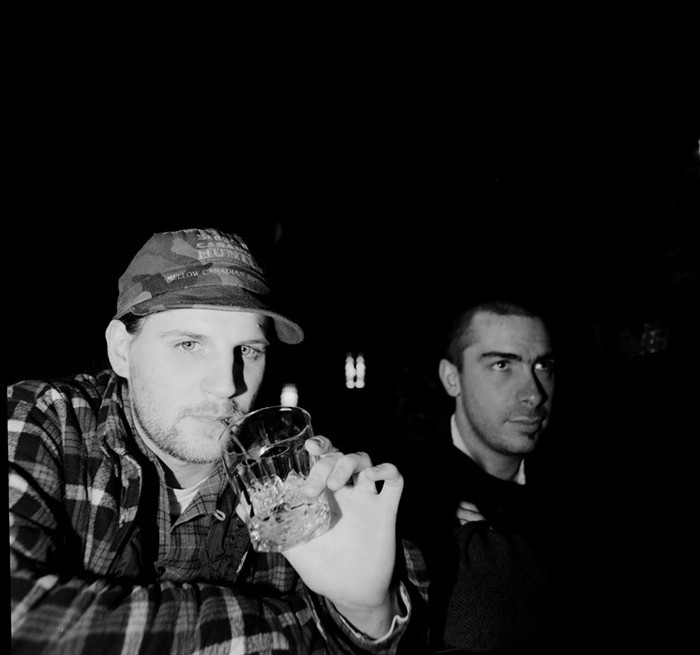History is reductive. No matter how crucial any single event, individual, or movement seems in the present, there is no guarantee that tomorrow it will be little more than a footnote, if not ignored completely. The problem of such historical reduction applies to the documentary American Hardcore, just as the film itself is often guilty of an overly narrow perspective. Directed by Paul Rachman and based upon Steven Blush's book, American Hardcore: A Tribal History, the documentary attempts to present hardcore's oral history. Interspersed with live footage of the bands that flourished during hardcore's first wave, the film includes recent and archive interviews with the likes of Ian MacKaye (Teen Idles, Minor Threat), Keith Morris (Black Flag, Circle Jerks), Henry Rollins (S.O.A., Black Flag), H.R. (Bad Brains), and Dave Dictor (Millions of Dead Cops). Faster, angrier, and more vicious—hardcore is distinct from the punk and new wave to which it reacted.
Stripped down and bristling with bitterness, American Hardcore attempts to fill in a gap Blush perceived in rock history between the seminal punk of 1977 (Ramones, Sex Pistols, et al.) and Nirvana and grunge's ascendancy to mainstream success. Much of the history in American Hardcore will be familiar to the music's fans and particularly anyone who's read Henry Rollins's Black Flag tour diaries in Get in the Van or Michael Azerrad's excellent chronicle of the early independent scene Our Band Could Be Your Life. Loosely splitting its time between detailing the history of individual regional scenes and dealing with larger sociopolitical themes, both the film and book document a slanted perspective on the aggression and origins of hardcore.
Like the scene itself, the movie is divided between its dueling themes and philosophies. The ideological clash of thuggish violence and an emerging political consciousness in hardcore ran parallel to the social clash between working-class and suburban youth slamming into one another at shows. While contradictions can create depth, the film's messy pluralism and conflicting views of hardcore's significance nullify such key points. Vic Bondi (Articles of Faith) makes the case for hardcore's political relevance, stating, "As limited as it was, it was a manifestation of communalism, openness to humanity, of a disdain for authority that's in the best traditions of radicalism. If you're looking for radicalism in the 1980s, you should look at hardcore."
But this argument for hardcore's relevance as social protest is undercut as much by its violence, homophobia, and misogyny as it is by Blush's disregard for certain artists and institutions. Blush ignores many important publications and he dismisses as communist propaganda Maximum RocknRoll, a zine that was instrumental in building California's DIY network. The Midwest gets scant attention, despite the importance of Corey Rusk's Touch and Go record label. Women in the scene are largely dismissed as either "ugly trolls" or as the scene's "historians," although the film doesn't present much evidence of the latter. The only significant interview with a woman involves Black Flag bassist Kira Roessler, who herself was often conflicted about the misogyny of records like Slip It In.
Overall, the filmmakers tend to focus more on the anger that motivated youth toward violence than the anger that motivated them toward making change. Many of the interviews focus on rivalries between cities and gangs of hardcore kids rioting in the streets. After the Cro-Mags' Harley Flanagan smugly recounts beating hardcore kids traveling to N.Y. from Washington D.C. for a show (because he's used to fighting, "crazy fuckin' Puerto Ricans who, like, stab people,") it's extremely difficult to take Flanagan or the film seriously when he later awkwardly paraphrases Bobby Kennedy saying, "Hardcore was like a pebble that had a ripple effect."
By the documentary's end, the only thing on which various interviewees agree is that hardcore is dead. It was a brief flash of violence and musical inspiration that lasted from 1980 to 1986, and anything after that simply isn't hardcore but instead a nostalgic retread. Perhaps the most glaring omission is the opposition to mainstream corporate culture that hardcore embodied—especially considering that hardcore, like many youth movements, has largely been co-opted by the culture against which it rebelled. The fact that so much was left out of the film is as reductive as hardcore itself; American Hardcore is as short, loud, and angry with its history as it is with its music. And that isn't necessarily a good thing. 

